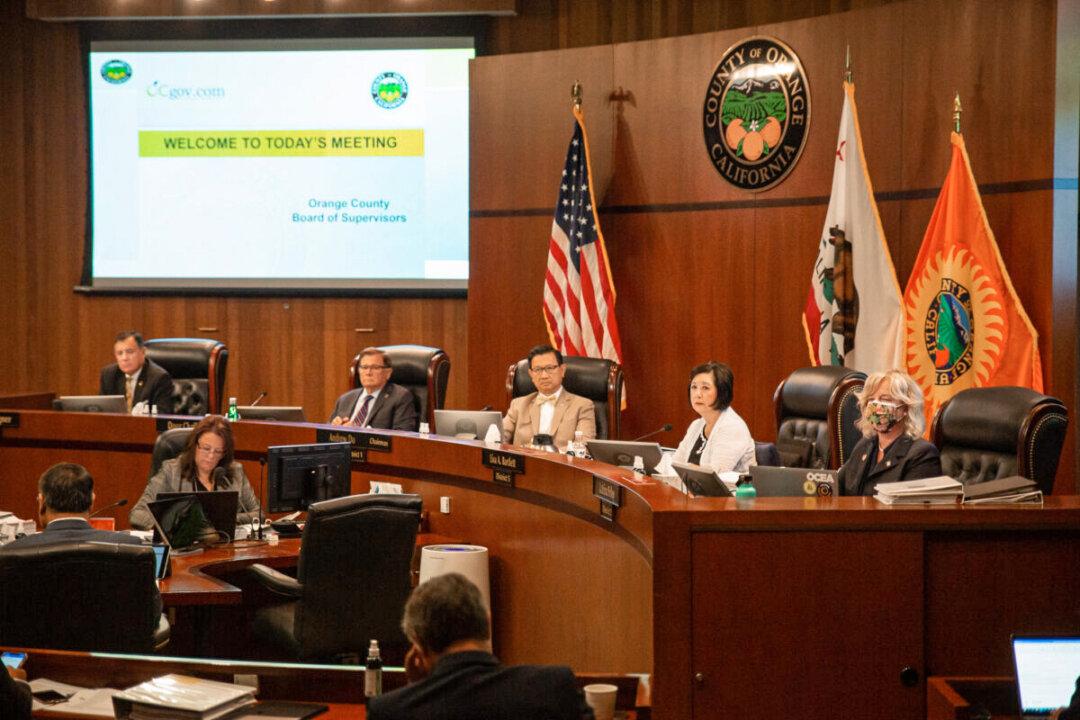Commentary
This week, the Orange County Board of Supervisors voted to change its boundaries by dramatically redistricting the five supervisorial districts. This process is required every ten years, after receiving the United States decennial census results, but rarely has it been so intriguing. All five supervisors should have voted for the final redistricting map, but it was a split vote.





